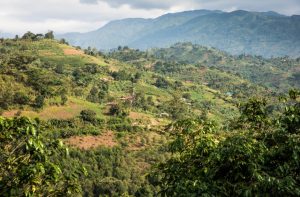Americans waste 150,000 tons of food each day – equal to a pound per person
Research shows people with healthy diets rich in fruit and vegetables are the most wasteful and calls for better education for consumers https://www.theguardian.com/environment/2018/apr/18/americans-waste-food-fruit-vegetables-study About 150,000

